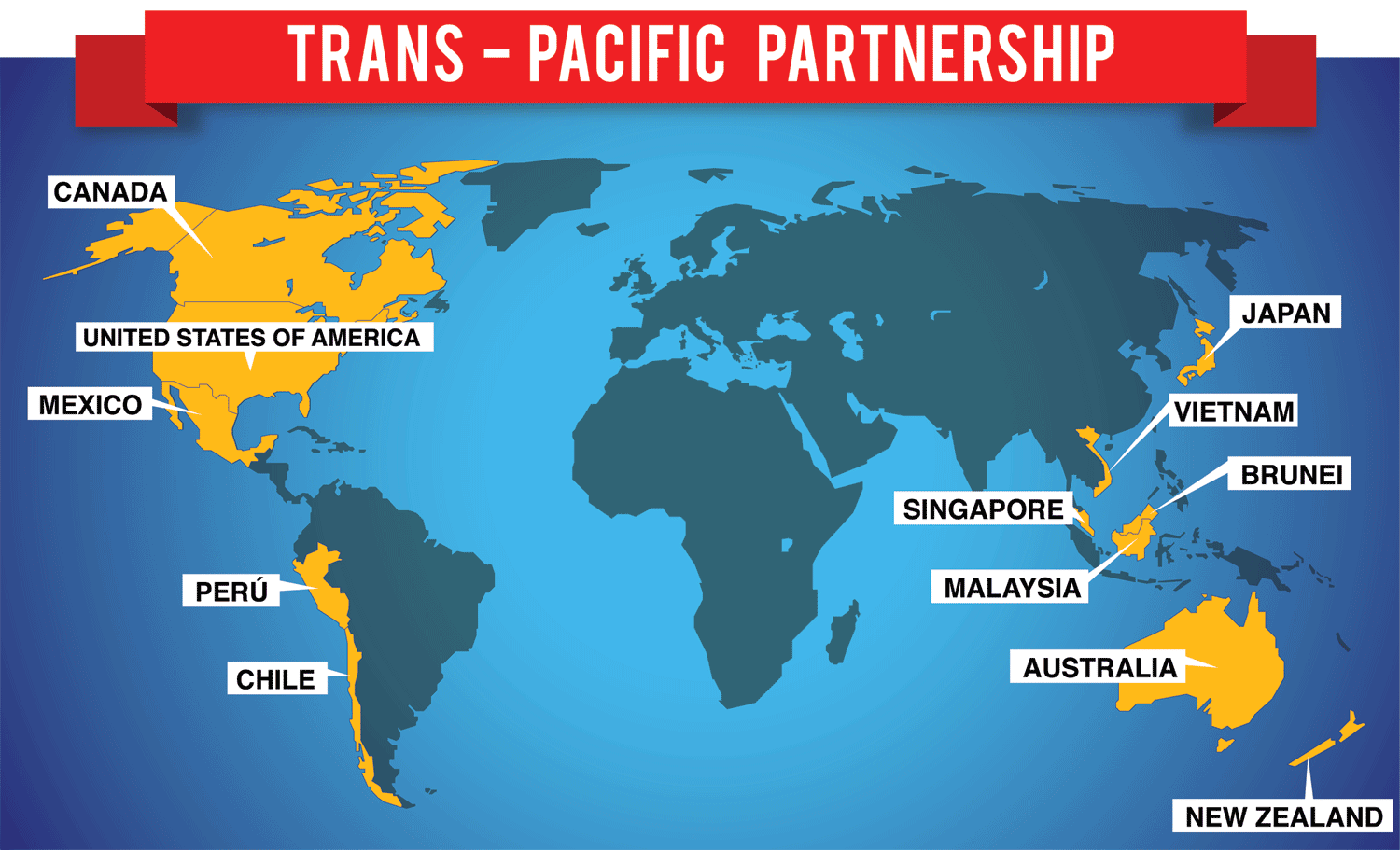Canada has taken a major step to boost international trade by officially joining the Trans-Pacific Partnership (TPP) deal. This agreement, signed in Auckland, New Zealand, is a key trade pact that includes 12 countries from the Pacific Rim, such as the United States, Japan, and Australia.
The TPP seeks to lower trade barriers, improve the movement of goods and services, and create a common framework for economic cooperation among member nations, which together account for nearly 40% of the world’s GDP.
Canada’s Role in the TPP
Canada’s signing of the TPP makes it an important participant in global trade, allowing better access to rapidly growing markets in Asia and elsewhere. This agreement is anticipated to help various Canadian sectors, such as agriculture, manufacturing, and technology, by creating new export chances and encouraging foreign investment.
Mixed Reactions at Home
The federal government has praised the agreement as an important step for Canada’s economy, but it has received mixed responses at home. Supporters, such as various business organizations, believe the TPP will help Canadian companies compete globally. On the other hand, critics, including some labor unions and advocacy groups, worry about its effects on local industries and jobs, as well as the openness of the negotiation process.
Next Steps
The signing of the TPP starts the ratification process. Canada and other member countries must now put the agreement into action within their own borders. The federal government plans to consult with Canadians and hold discussions in Parliament before the final approval.
As Canada progresses with the TPP, this trade deal is set to influence the country’s economic future, providing chances for growth but also challenges that require careful handling.







